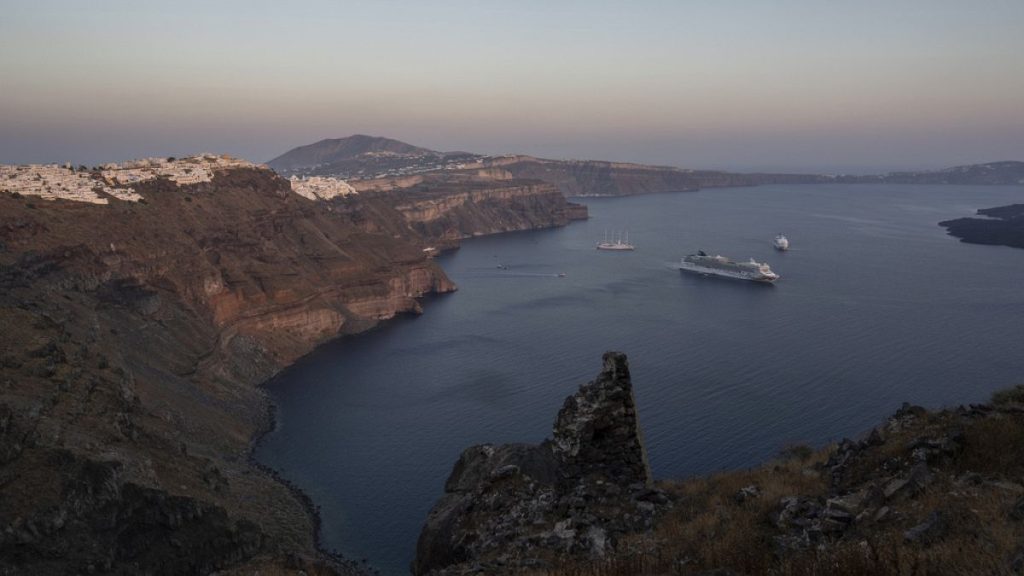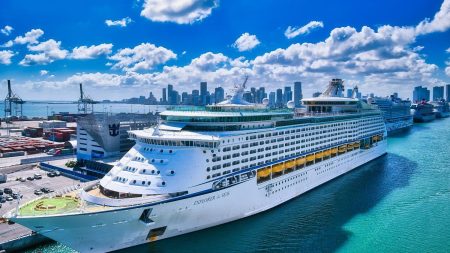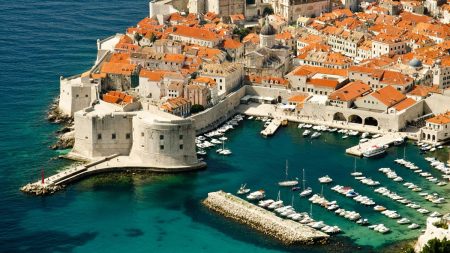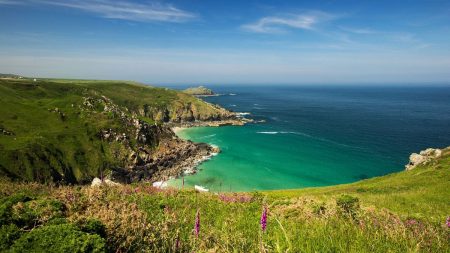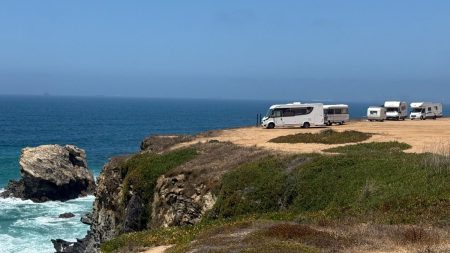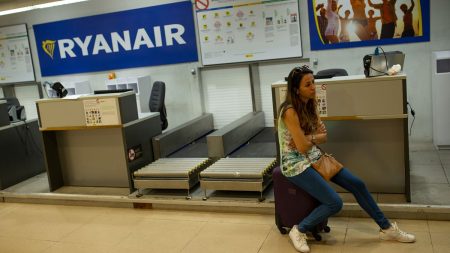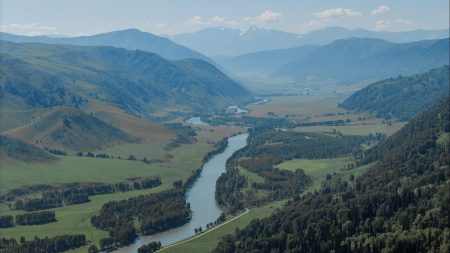The picturesque Greek island of Santorini, renowned for its stunning whitewashed villages perched atop dramatic volcanic cliffs, found itself at the center of a seismic flurry, triggering a wave of precautionary measures and raising concerns among residents and visitors alike. Over 200 undersea earthquakes, some registering magnitudes exceeding 4.5, rattled the region surrounding Santorini and several neighboring Aegean Sea islands, popular tourist havens bustling with summer vacationers. While experts reassured the public that the tremors were tectonic, not volcanic, in origin, the sheer frequency and clustering of the seismic activity prompted authorities to implement preventative measures.
Schools across Santorini, Amorgos, Anafi, and Ios were temporarily shuttered, disrupting the educational routine as officials prioritized safety. Hotels were instructed to drain their swimming pools, a precaution aimed at minimizing the risk of destabilizing buildings should a more powerful earthquake strike. Residents and visitors were urged to steer clear of large indoor gatherings and areas susceptible to rock slides, emphasizing the importance of personal safety amidst the ongoing seismic activity. The unease rippled through the local community, with residents expressing anxiety over the relentless succession of tremors, a phenomenon described as unprecedented in frequency and intensity.
The Greek government, recognizing the gravity of the situation, convened emergency meetings in Athens, bringing together officials and scientists to meticulously assess the evolving seismic landscape. Civil Protection Minister Vasilis Kikilias underscored the precautionary nature of the measures, emphasizing the government’s commitment to safeguarding lives and urging citizens to diligently adhere to safety recommendations. The UK’s Foreign, Commonwealth & Development Office updated its travel advice, echoing the Greek Ministry of Civil Protection’s guidance, advising visitors to avoid specific ports in Santorini and exercise caution when traversing areas prone to landslides.
The epicenter of the seismic activity appeared to be clustered between the islands of Santorini, Ios, Amorgos, and Anafi, a pattern that caught the attention of seismologists. Gerasimos Papadopoulos, a prominent Greek seismologist, highlighted the potential for a larger seismic event, cautioning that all scenarios remained on the table. The increasing number of tremors, their escalating magnitudes, and the northeastward shift of epicenters painted a concerning picture, although the quakes were confirmed to be tectonic rather than volcanic. This distinction, while offering some reassurance, did not entirely alleviate anxieties, as the potential for a more significant earthquake loomed.
In Fira, Santorini’s main town, local authorities took proactive steps to prepare for a potential evacuation, designating assembly points for residents. Mayor Nikos Zorzos stressed the preventative nature of these preparations, emphasizing that preparedness did not necessarily imply an impending disaster. He urged residents to remain calm and avoid sensationalized reporting, recognizing the potential for exaggerated accounts to amplify anxieties. The delicate balance between preparedness and reassurance became crucial in managing the public’s response to the unfolding seismic situation.
The earthquake swarm cast a shadow over Santorini’s vibrant tourism industry, a vital component of the island’s economy. The island, renowned for its breathtaking sunsets and unique volcanic landscape, attracts millions of visitors annually, drawn to its picturesque villages and rich history. The disruption caused by the seismic activity served as a stark reminder of the island’s geological vulnerability, a factor intertwined with its very existence. The authorities’ response, marked by a blend of precaution and reassurance, aimed to mitigate the impact on tourism while prioritizing the safety of residents and visitors. The ongoing monitoring of the seismic activity remained paramount in navigating this period of uncertainty and ensuring the continued well-being of all those residing on and visiting the captivating island of Santorini.




